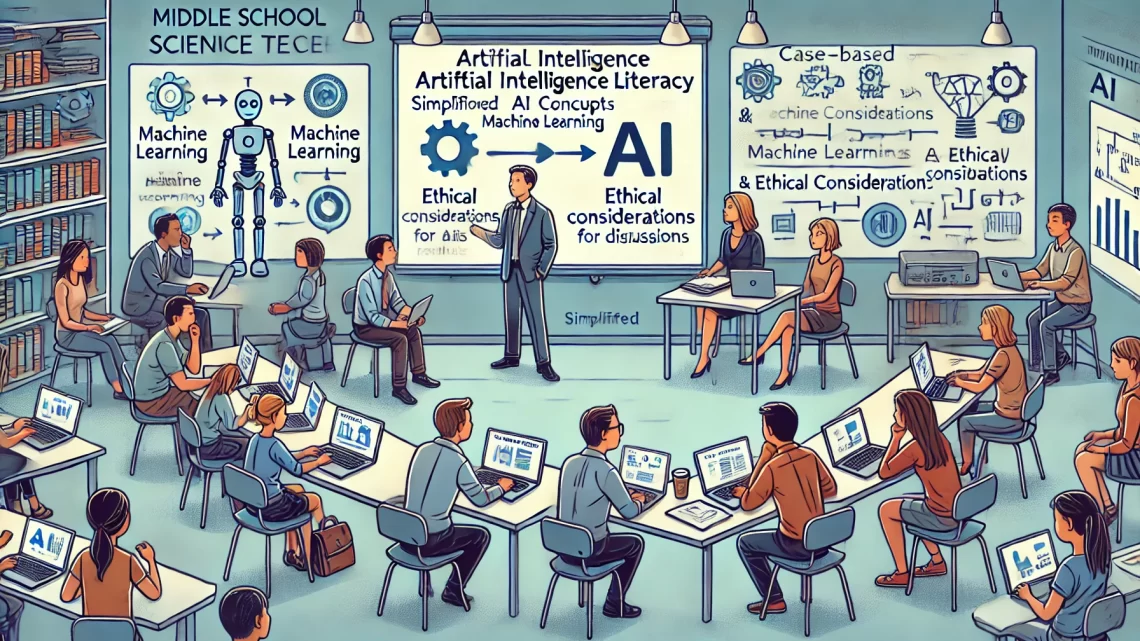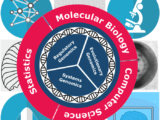
Top Recent LLM Models Revolutionizing Bioinformatics Research in 2025
July 30, 2025Large Language Models (LLMs) have emerged as transformative tools in bioinformatics, enabling researchers to tackle complex biological data with unprecedented efficiency. By processing vast datasets and extracting meaningful insights, these models are reshaping genomics, proteomics, drug discovery, and more. This blog post explores the latest LLM models and tools designed for bioinformatics, their applications, and how they empower researchers. Optimized for SEO, this guide highlights key advancements and provides links to cutting-edge tools.
Why LLMs Matter in Bioinformatics
LLMs, built on transformer architectures, excel at understanding and generating human-like text, but their utility extends to biological “languages” like DNA, RNA, and protein sequences. These models process sequential data, identify patterns, and predict outcomes, making them invaluable for bioinformatics tasks such as sequence analysis, protein structure prediction, and literature mining. By integrating with domain-specific tools, LLMs streamline workflows, enhance precision, and accelerate discoveries in life sciences.
Top LLM Models and Tools for Bioinformatics in 2025
1. DrBioRight 2.0
Overview: DrBioRight 2.0 is an LLM-powered platform designed for cancer functional proteomics. It integrates data from nearly 8,000 patient samples from The Cancer Genome Atlas and 900 samples from the Cancer Cell Line Encyclopedia, covering major cancer hallmark pathways.
Applications: Enables researchers to explore protein-centric omics data, perform advanced analyses, visualize results, and engage in interactive discussions using natural language. It’s particularly useful for identifying biomarkers and therapeutic targets in cancer research.
How It Helps: Simplifies complex proteogenomic analyses, making large-scale proteomics data accessible to non-computational researchers, thus accelerating biomarker discovery and drug development.
Link: DrBioRight 2.0
2. BioChatter
Overview: BioChatter is an open-source Python framework developed by EMBL-EBI, designed to make LLMs accessible for custom biomedical research.
Applications: Supports tasks like text mining, data integration with biomedical databases, and API-driven interactions with bioinformatics tools. It integrates with BioCypher-built knowledge graphs to analyze genetic mutations and drug-disease associations.
How It Helps: Enhances transparency and reproducibility in biomedical research, enabling non-computational researchers to leverage LLMs for personalized medicine and drug discovery.
Link: BioChatter
3. GeneGPT
Overview: GeneGPT teaches LLMs to use NCBI Web APIs for genomics questions, achieving state-of-the-art performance on GeneTuring tasks.
Applications: Facilitates precise access to genomics data, answering multi-hop questions through chain-of-thought API calls. It’s particularly effective for tasks like DNA-to-genome alignment and species alignment.
How It Helps: Reduces hallucinations by augmenting LLMs with domain-specific tools, improving accuracy in genomics research and enabling researchers to retrieve specialized knowledge efficiently.
Link: GeneGPT GitHub
4. IgLM (Immunoglobulin Language Model)
Overview: Developed by Gray Lab, IgLM is an LLM designed to create synthetic antibodies by modeling immunoglobulin sequences.
Applications: Generates synthetic antibodies for therapeutic development, leveraging sequence data to predict functional antibodies.
How It Helps: Accelerates antibody discovery by automating the design process, reducing the need for extensive experimental trials.
Link: IgLM GitHub
5. ESMFold
Overview: Developed by Meta AI, ESMFold is a transformer-based protein language model for predicting atomic-level protein structures from primary sequences.
Applications: Used in metagenomic sequencing to characterize poorly understood proteins, creating databases like the ESM Metagenomic Atlas with over 700 million predicted structures.
How It Helps: Enables rapid and accurate protein structure prediction, aiding in drug target identification and understanding protein functions in complex biological systems.
Link: ESMFold
How LLMs Enhance Bioinformatics Research
Genomics and Sequence Analysis: LLMs like GeneGPT and ESMFold process DNA and protein sequences to predict functions, interactions, and structures, enabling faster genomic annotations and variant effect predictions.
Proteomics and Drug Discovery: Tools like DrBioRight 2.0 and IgLM streamline proteomics data analysis and antibody design, accelerating the identification of biomarkers and therapeutic targets.
Literature Mining and Knowledge Extraction: BioChatter and similar tools extract functional relationships from vast scientific literature, such as gene networks or protein interactions, reducing manual effort.
Single-Cell Analysis: LLMs process gene expression data from single-cell RNA sequencing, enabling cell-type annotation and insights into cellular communication.
Accessibility for Non-Computational Researchers: Platforms like DrBioRight and BioChatter use natural language interfaces, making complex analyses accessible to biologists without coding expertise.
Challenges and Future Directions
Despite their promise, LLMs in bioinformatics face challenges like data biases, interpretability issues, and high computational requirements. Future advancements will focus on:
Improved Validation: Rigorous clinical evaluation to ensure reliability in healthcare applications.
Ethical Considerations: Addressing biases in training data to improve model generalizability across diverse populations.
Scalability: Developing models that require fewer computational resources, making them accessible to smaller research groups.
Conclusion
LLMs are revolutionizing bioinformatics by transforming how researchers analyze biological data, from genomics to drug discovery. Tools like DrBioRight 2.0, BioChatter, GeneGPT, IgLM, and ESMFold empower scientists to uncover insights faster and with greater precision. By integrating these tools into research workflows, the bioinformatics community is poised to drive breakthroughs in personalized medicine, cancer research, and beyond. Stay ahead by exploring these tools and leveraging their capabilities in your research.


















